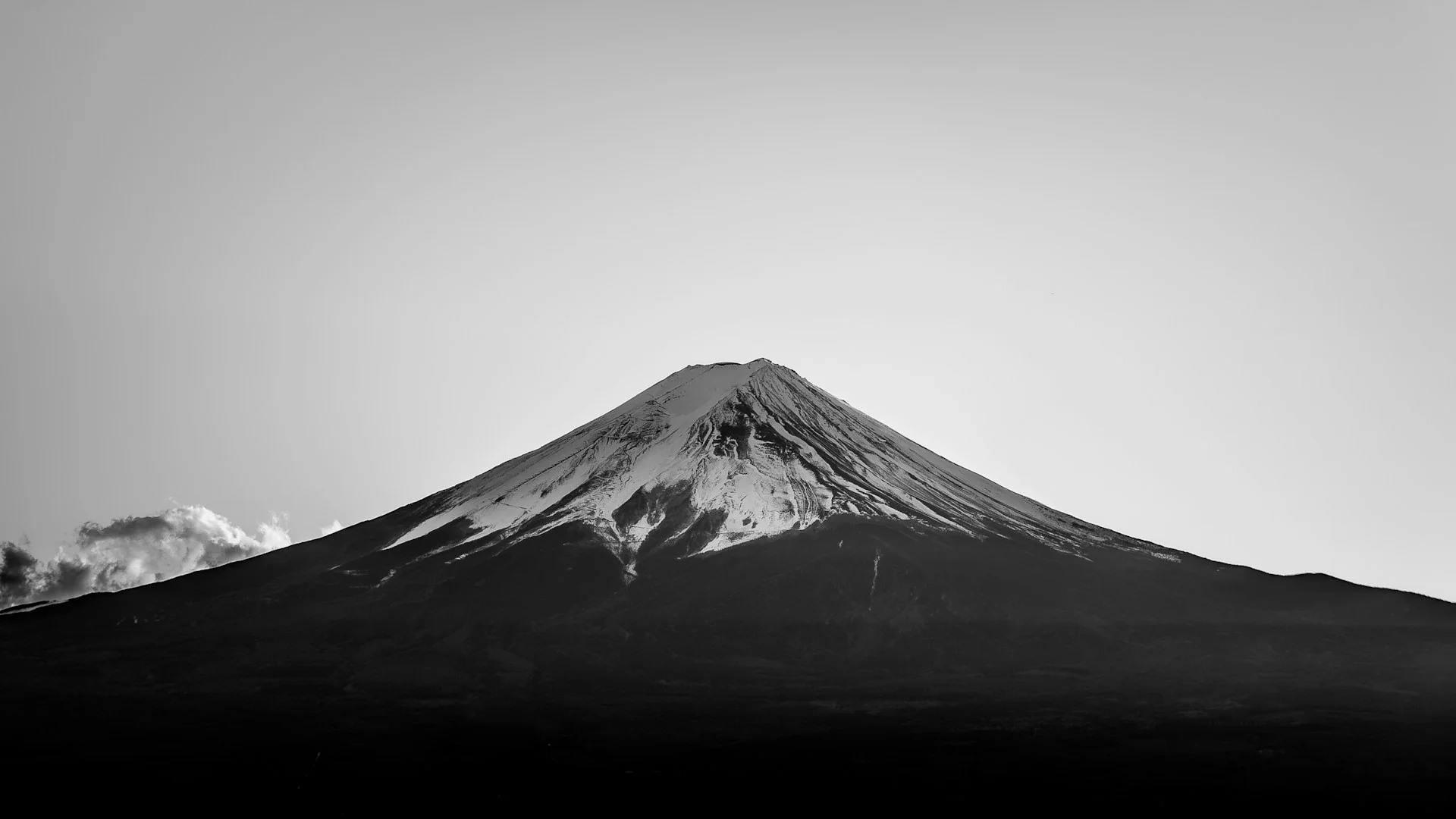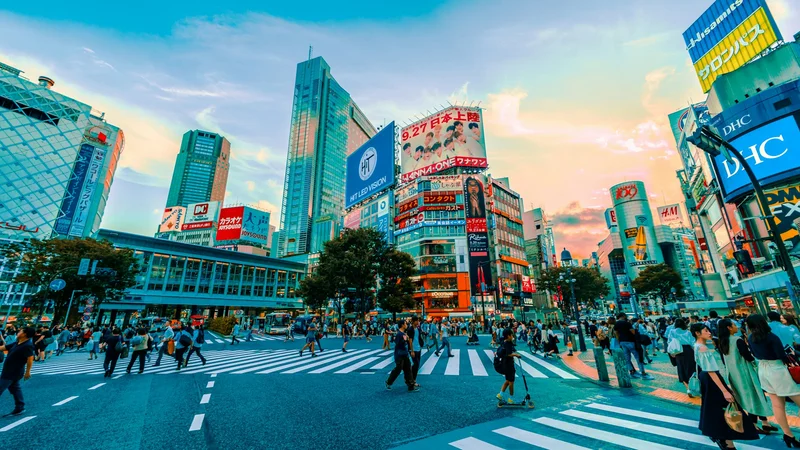
Climbing Gyms in Japan - 100+ Gyms for Avid Climbers
Discover spray walls, creative route setting, and training facilities across Tokyo, Osaka, and Kyoto. Japanese beta translated for international climbers.
Discover 97 gyms across Tokyo, Kyoto, Osaka
Explore by City
Discover Japan's Best Climbing Gyms
Pick a city to see station access, grade spread, and honest notes gathered from locals and recent visits

Tokyo
See Tokyo Climbing Gym Guide
Tokyo's best bouldering & climbing gyms. Find gyms with pricing, English support, and route details.

Osaka
See Osaka Climbing Gym Guide
Osaka's top bouldering & climbing gyms. Compare pricing, facilities, and English support.

Kyoto
See Kyoto Climbing Gym Guide
Kyoto's best bouldering & climbing gyms. Find pricing, English support, and route info.
Top Rated
Explore Top Rated Climbing Gyms
Shortlist of gyms with creative setting, reliable resets, and welcoming crews confirmed by recent sessions
BUNKER2
B-PUMP Ogikubo and Shop
B-PUMP TOKYO Akihabara
Base Camp Tokyo Kinshicho
BETA Climbing Gym
BOULCOM Tokyo
Your Guide to Climbing in Japan
Everything you need to know before your first session at a Japanese climbing gym
What to Expect on Your First Visit
Like most Japanese gyms, you'll remove your street shoes at the entrance and use the provided lockers. Expect a quick safety briefing (often with visual aids), and know that Japanese climbing gyms are generally welcoming to foreign climbers, even with limited English.
Reading Routes & Grading
Most Japanese gyms use color-coded or numbered route systems that make navigation straightforward even without Japanese. You'll see V-grades (V0-V10+) for bouldering, and some gyms also use Japanese dan grades (初段, shodan, roughly V8-V9). Grade ranges are typically posted clearly at the gym entrance.
Key Etiquette
Japanese climbing gyms tend to be quieter than Western gyms – keep celebrations moderate and music on headphones. Bring your own brush if you like to clean holds; it's considered polite and many Japanese climbers brush regularly. Check the gym's photo policy before taking pictures, as many restrict photography to protect member privacy.
Pricing Structure
Your first visit will cost more: expect a one-time registration fee (¥1,500-¥2,000) plus a day pass (¥1,500-¥2,500). Subsequent visits are just the day pass rate, so finding a gym you can return to a few times is most cost-effective. Shoe rentals typically run ¥500-¥800.
English Support Reality
While English support varies by gym, the visual route systems and color-coded problems make navigation straightforward even without Japanese. Staff are generally helpful even with language barriers, and climbers are usually happy to share beta regardless of language. A translation app can help with specific questions.
Best Times to Visit
Weekday evenings get busy with locals after work, while weekend mornings are often quieter. During peak seasons like cherry blossom time or Golden Week, it's worth calling ahead. Most gyms post their busiest hours on their website or social media.
Climbing Japan is written by Mat, a Japanese-American climber who trains in Japan every year. Each guide is double-checked in Japanese and English, with sources logged in our changelog.
Frequently asked questions
Everything you need to know about climbing gyms in Japan
Every gym has its project. Every trip has its send. Start exploring Japan's climbing scene and find yours.
Find Your Next Send